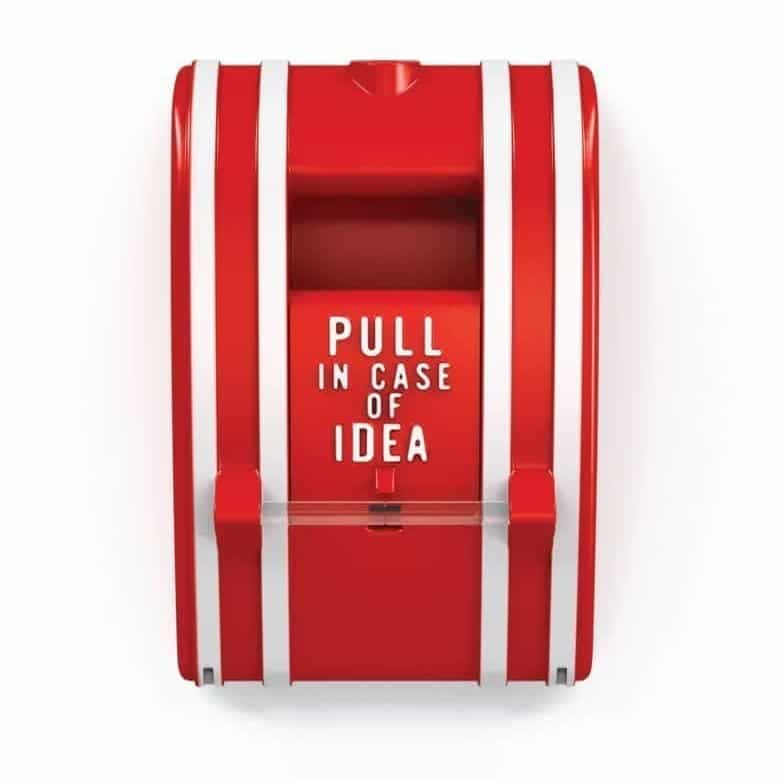It’s time for our annual Creative Kick-Start program! This program, created by the Engineering Library and the Engineering Technology Center, enables students to develop their ideas into viable products. Funds are generously provided by the Engineering Technology Center. All Engineering students (both undergraduate and graduate) can submit their ideas for the program. Up to 10Continue reading “Creative Kick-Start Funding Kicks Off!”
Category Archives: Kick-Start
Announcing Our Kick-Start Award Winners!!
CONGRATULATIONS TO OUR KICK-START WINNERS!! We are pleased to announce the winners of this year’s Creative Kick-Start Program! Kick-Start, a program which was developed by the Engineering Library and the Engineering Technology Centers, awards $500 to 10 projects which are submitted by engineering students. Undergrad and graduate students are eligible to submit proposals for prototypingContinue reading “Announcing Our Kick-Start Award Winners!!”
LAST DAY To Register for Creative Kick-Start Program!!
LAST DAY TO REGISTER FOR THE CREATIVE KICK-START PROGRAM! Hey students! Are you interested in giving your idea, project, or invention a kick-start? Want to make that project a reality? Don’t miss out! Today, Oct 25, 2019, 11:59 PM (CT) is your LAST chance to submit your idea for the Creative Kick-Start Program! The programContinue reading “LAST DAY To Register for Creative Kick-Start Program!!”
Registration for Creative Kick-Start Program!!
Registration is now open for the Creative Kick-Start Program! Hey students! Are you interested in giving your idea, project, or invention a kick-start? Want to make that project a reality? Registration is now open for the Kick-Start program! The Engineering Library and the Engineering Technology Center (ETC), are pleased to once again present the Creative Kick-Start program! Applications will be acceptedContinue reading “Registration for Creative Kick-Start Program!!”
Registration for Creative Kick-Start Program!!
Registration is now open for the Creative Kick-Start Program! Hey students! Are you interested in giving your idea, project, or invention a kick-start? Want to make that project a reality? Registration is now open for the Kick-Start program! The Engineering Library and the Engineering Technology Center (ETC), are pleased to once again present the Creative Kick-StartContinue reading “Registration for Creative Kick-Start Program!!”
Exciting Kick-Start Successes!
Creative Kick-Start Award Winning Projects! The Creative Kick-Start program was developed by the Engineering Library & the Engineering Technology Centers to encourage engineering students (undergraduate and graduate) to explore and develop projects. Students submit proposals which are reviewed by the Application Review Committee. Up to 10 wining projects receive funding – $500 which must beContinue reading “Exciting Kick-Start Successes!”
Kick-Start Winners Poster Presentations!
University of Iowa College of Engineering Research Open House Thursday, April 11, 2019 Creative Kick-Start Award Winners to Present Posters! Twenty-two Creative Kick-Start Award Winners will be presenting posters showcasing their award-winning inventions at the College of Engineering Research Open House on Thursday, April 11, 2019! The Creative Kick-Start is a program developed byContinue reading “Kick-Start Winners Poster Presentations!”
Creative Kick-Start Winners Announced!
CONGRATULATIONS KICK-START WINNERS!!! We are pleased to announce the winners of this year’s Creative Kick-Start Program! Kick-Start, a program which was developed by the Engineering Library and the Engineering Technology Centers, awards $500 to 10 projects which are submitted by engineering students. Undergrad and graduate students are eligible to submit proposals for prototyping a new projectContinue reading “Creative Kick-Start Winners Announced!”
Register Now for the Creative Kick-Start Program!!
Registration is now open for the Creative Kick-Start Program! Hey students! Are you interested in giving your idea, project, or invention a kick-start? Want to make that project a reality? Registration is now open for the Kick-Start program! The Engineering Library, along with, the Engineering Electronic Shop (EES), Engineering Machine Shop (EMS), are pleased to once again present theContinue reading “Register Now for the Creative Kick-Start Program!!”
Check Out The Creative Kick-Start Winners!!
CONGRATULATIONS 2017-2018 KICK-START WINNERS!!! Kick-Start is a program which was developed by the Engineering Library and the Engineering Technology Centers and it is now in its 2nd year! Engineering students – both undergrad and graduate – submit a proposal to receive funding for prototyping a new project or finishing a current project. Ten awards forContinue reading “Check Out The Creative Kick-Start Winners!!”


